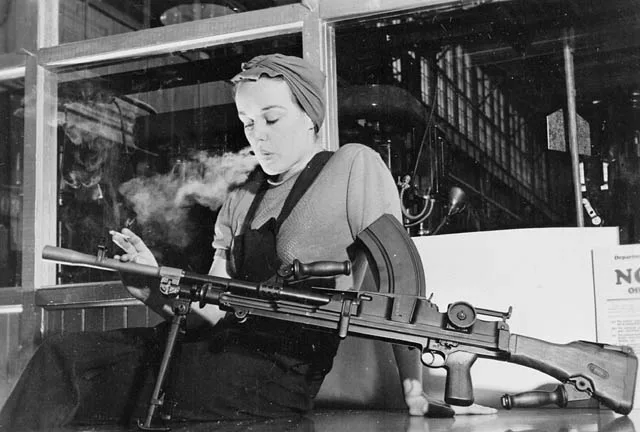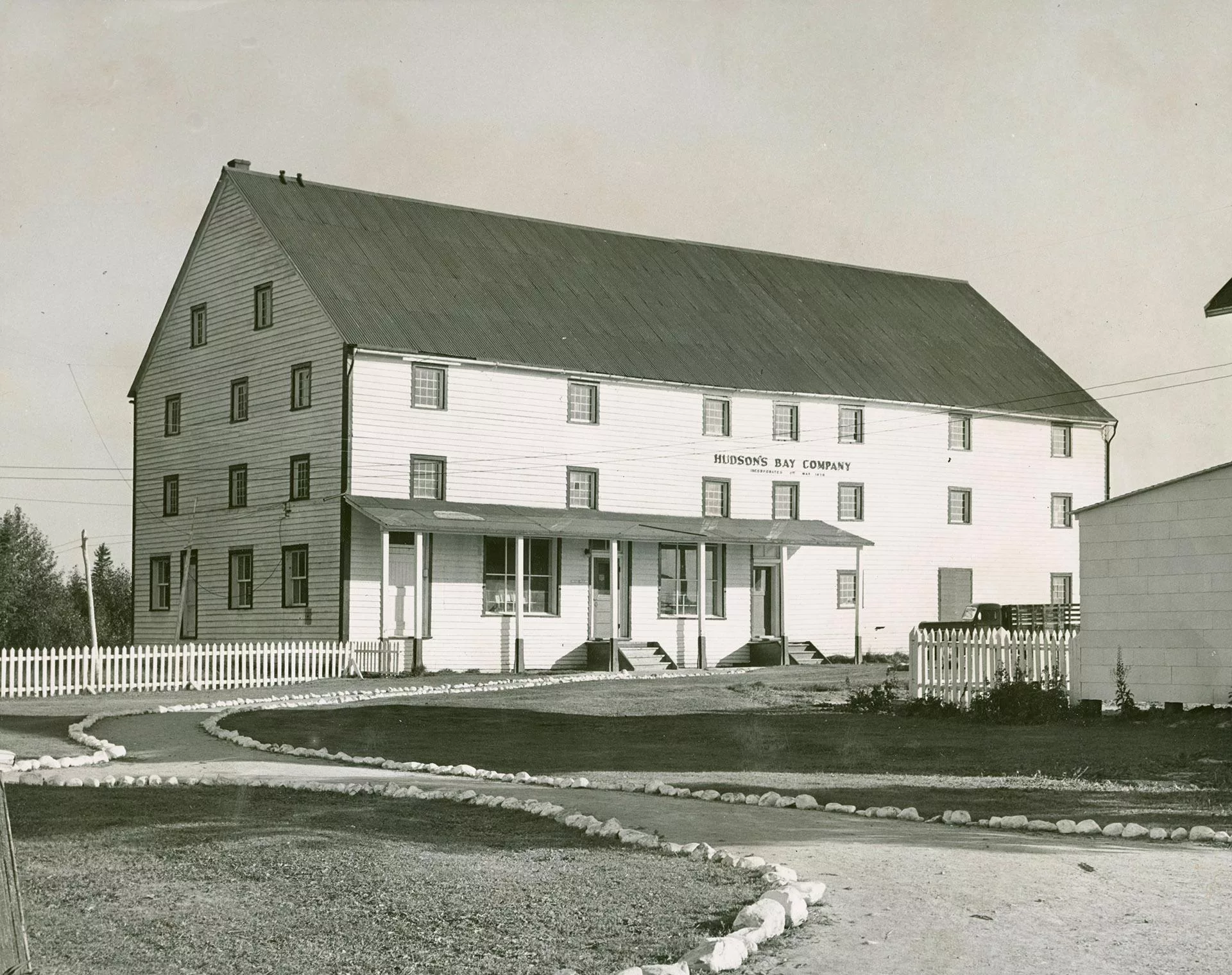A look at how Toronto’s historic Chinatown became an iconic part of the city
Toronto is an incredibly diverse city, which adds to the versatility and vibrancy of its business sector. To fully understand the diversification of Toronto, the history of Chinatown must not be overlooked. The story behind the origins of the iconic Toronto neighbourhood reveals the discrimination Chinese newcomers faced and their contributions to the city’s economy. Downtown Chinatown, also known as Chinatown West, is located at Spadina Avenue and Dundas Street West. Within Downtown Chinatown are numerous family-run businesses, including restaurants, grocery markets, laundromats, pharmacies and barber shops. According to the Toronto Chinatown Business Improvement Area (BIA), 50 per cent of Chinatown’s businesses are deemed essential. However, other residents and political figures did not always appreciate Chinatown businesses. Despite the hard work of Chinese individuals, they faced discrimination after the Canadian Pacific Railway was completed in British Columbia in 1885. While this led to Chinese individuals migrating from British Columbia to Toronto, some Chinese individuals were already establishing their businesses in Toronto during this time. Sam Ching’s laundry business, which opened in 1887, was the first business in Toronto’s Chinatown and one of only 95 laundry shops in the city. However, since Chinese-owned laundry businesses represented 75 per cent of those in Toronto, the Laundry Association, which was made up of white business owners, attempted to shut down these shops by claiming they were unhygienic. This started a trend of white Canadians using racial discrimination to destroy Chinatown businesses due to resentment. The Laundry Association utilized media, including the Toronto Star, to make false claims about Chinese-owned laundry businesses, such as that they used working boards for bed frames and customers’ soiled linen for bed sheets. As a result, City Hall implemented a bylaw that forced laundry businesses to pay a $50 licensing fee in 1902. Although this bylaw applied to all laundry businesses, it targeted Chinese business owners since they owned most of Toronto’s laundry establishments at the time. Next, the city targeted Chinese restaurants, laundries and factories in Chinatown and women hoping to work in these businesses. In 1914, Toronto passed a law prohibiting Chinese establishments from hiring white women. At the time, Chinatown West was largely made up of Chinese men since the rest of their families often remained in China. With this in mind, the city also used racial discrimination to justify that Chinese men were amoral and evil towards innocent young women. Canadians were made to believe they had to protect themselves from Chinese men, which hindered Chinatown businesses. Despite this, restaurants continued to be opened in Chinatown. According to The Canadian Encyclopedia, there were 202 restaurants in and outside of Chinatown by 1923. They represented comfortable, safe spaces for Chinese labourers in the area. Chinatown also became a prominent business sector filled with grocery stores, barber shops and cafés. However, Chinese individuals still had to endure head tax, an explicitly discriminatory fee assigned to any Chinese individual that wished to enter Canada. It occurred between 1885 and 1923 and explained why many Chinese individuals in Canada were separated from the rest of their families still residing in China. The fee gradually increased over time and went up to $500 by 1903, an amount that was often unaffordable. The head tax against Chinese individuals only stopped when the Chinese Immigration Act was implemented in 1923, which made it very difficult for Chinese people to migrate to Canada. To put this into perspective, between 1923 and 1947, there were only approximately 12 to 50 Chinese newcomers. Despite the discrimination and exclusion that Chinese newcomers and their businesses faced in Canada, Chinese individuals overcame such obstacles by accommodating their businesses to serve a white Canadian customer base. For instance, Cantonese restaurants had to sweeten and deep fry their traditional dishes to appease white customers. Chinese advocates also helped push back against discriminatory bylaws and immigration acts. Jean Lumb, a business owner, activist and restaurateur, immigrated to Toronto in 1936. After opening a successful fruit store on Bathurst Street and St. Clair Avenue, she brought her parents and siblings over from Vancouver. Afterwards, she opened a lucrative restaurant called Kwong Chow Chop Suey House in 1959. Politicians, journalists and other important community members quickly became regulars. She was essential in the proliferation of Chinatown today because she could discuss Chinese culture and food through multiple media channels, which aided Canadians in forming positive perceptions of Chinese people. In 1965, after a significant chunk of Chinatown was demolished for the construction of the new City Hall and Nathan Phillips Square and there was discussion around further extraction, she was at the forefront of the Save Chinatown Committee. They were successful in preserving what is left of Chinatown today. Today, in the heart of downtown, Chinatown represents Toronto’s cultural diversity. It now includes businesses such as Vietnamese pho noodle shops, fusion restaurants, dessert cafés and Caribbean food. The history of Chinatown proves how activists and business owners can truly change how marginalized people are treated in a community. By banding together, Canadians can continue to dismantle anti-Asian racism in and outside of the business sector. Supporting Chinatown businesses is imperative to maintaining a diverse community in Toronto where every business owner can feel comfortable sharing parts of their culture with others.








